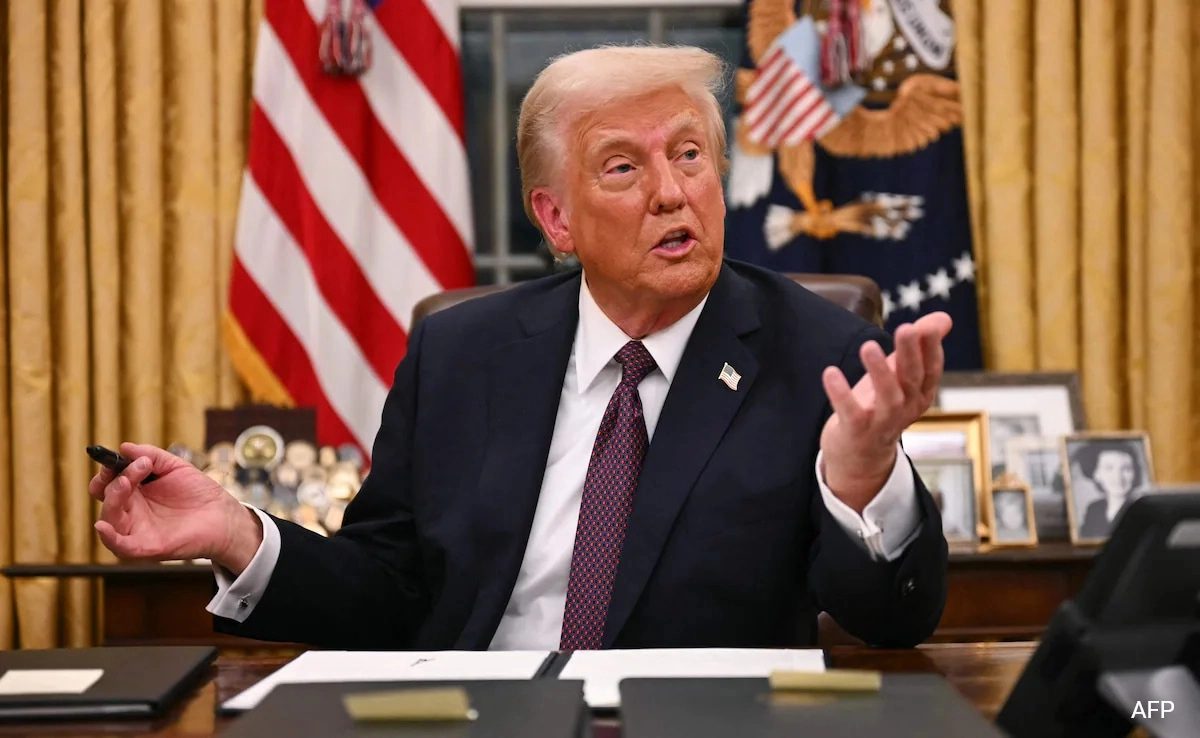In a significant shift in trade policy, former President Donald Trump recently announced the imposition of new tariffs on a wide range of products imported from dozens of countries. This move comes as part of his ongoing strategy to protect American manufacturing and promote domestic industries. The tariffs are expected to impact various sectors, including steel, aluminum, and consumer goods, leading to potential price increases for American consumers and businesses alike.
The list of countries affected by these tariffs includes both traditional allies and competitors. Notably, nations such as China, Mexico, and Canada are on the list, reflecting ongoing tensions in trade relationships. The administration’s rationale for these tariffs centers around the need to address trade imbalances and combat what it sees as unfair trade practices. Supporters argue that these measures will bolster American jobs and industries, while critics warn that they could provoke retaliatory actions from other nations, further escalating trade disputes.
As the tariffs take effect, American companies will need to navigate the complexities of the new trade landscape. Many businesses are already expressing concerns about the potential impact on their supply chains and operating costs. The uncertainty surrounding these tariffs could lead to decreased investment and slower economic growth. Additionally, consumers may face higher prices for everyday goods, prompting debates about the long-term consequences of such a protectionist approach.
In the wake of this announcement, various stakeholders, including economists, trade experts, and industry leaders, are closely monitoring the situation. The full implications of these tariffs will unfold over time, but the initial reactions suggest a divided opinion on their effectiveness and consequences. As the U.S. grapples with its trade policies in an increasingly interconnected global economy, the outcomes of these tariff measures will be critical in shaping future relations and economic strategies.




